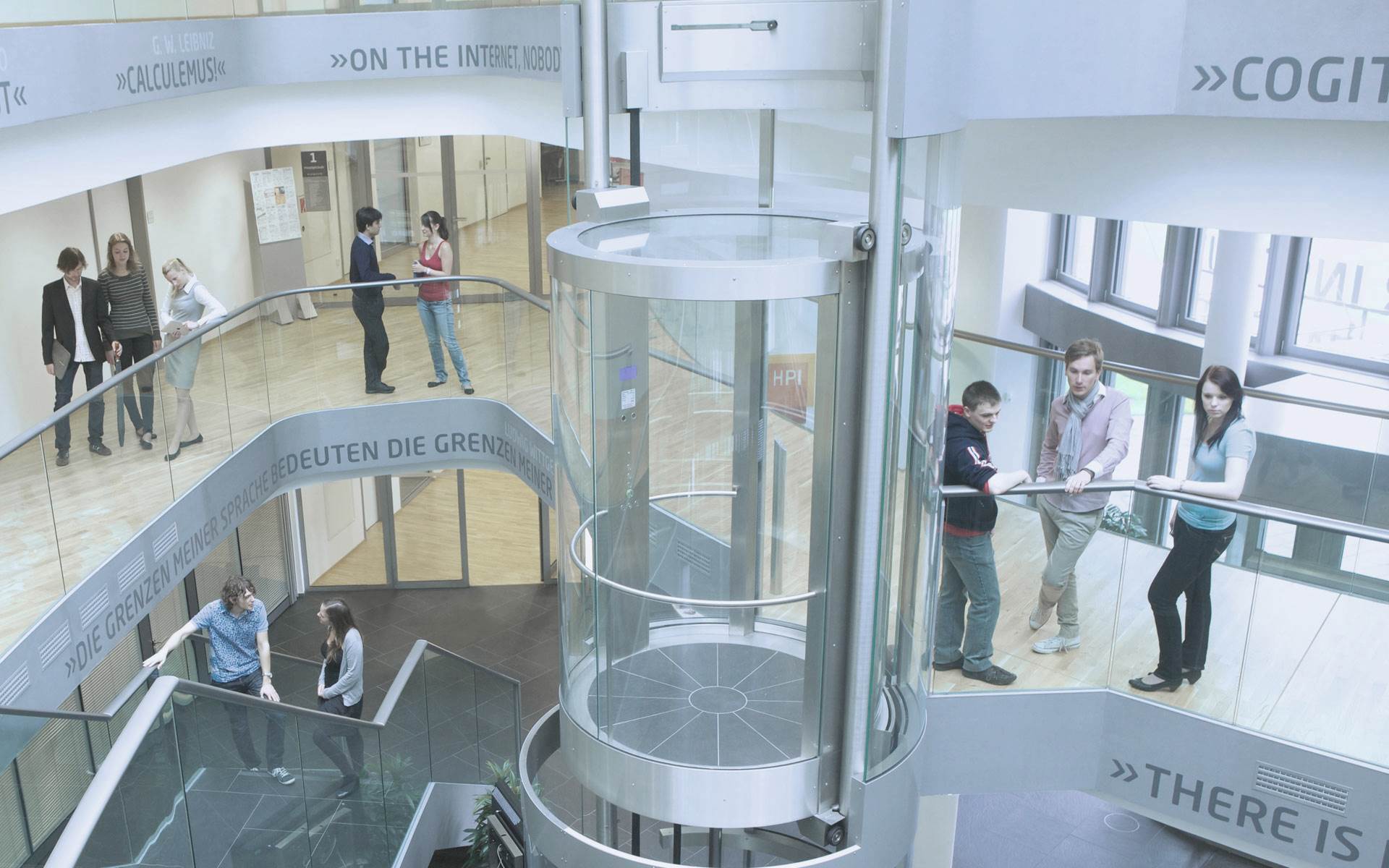Digital Engineering is concerned with the engineering-driven methods, principles, and techniques used to design, build, analyze, operate, manage, and integrate digital systems, such as software-intensive IT systems, applications, and services. As an interdisciplinary approach, it includes
- IT systems engineering, computer science and software engineering
- Data Science, Mathematics and Statistics
- Economics and Law
- Entrepreneurship and Innovation Management
Digital Engineering investigates and develops approaches and strategies to provide effective methods and reliable processes for the entire life cycle of digital systems. It focuses not only on the technical artifacts that are the subject of analysis, design, implementation, testing, and operation of digital systems, but also on the corresponding development processes, the stakeholders involved, the needs and requirements for the system, the overall evolution of the system throughout its life, and its integration into real-world processes, tasks, and economic and social contexts.
Digital Engineering is the key to overcoming the multiple weaknesses of digital system development, known as the "software crisis", which is increasingly becoming a major obstacle to the growth and operation of almost all companies as they transform into software-based enterprises - often known as "software eats the world". In a sense, Digital Engineering aims to transform software engineering into a kind of "real engineering", e.g. through transparency for all stakeholders, effective management of teams, precise control of progress and holistic monitoring of IT developments. Digital Engineering is not tied to specific programming languages, programming paradigms, middleware, development methodologies, or development environments.
At the chair of Prof. Döllner, Digital Engineering focuses on technologies and AI for computer graphics, visual computing, multidimensional feature spaces, information visualization, geospatial information, and digital twins.

